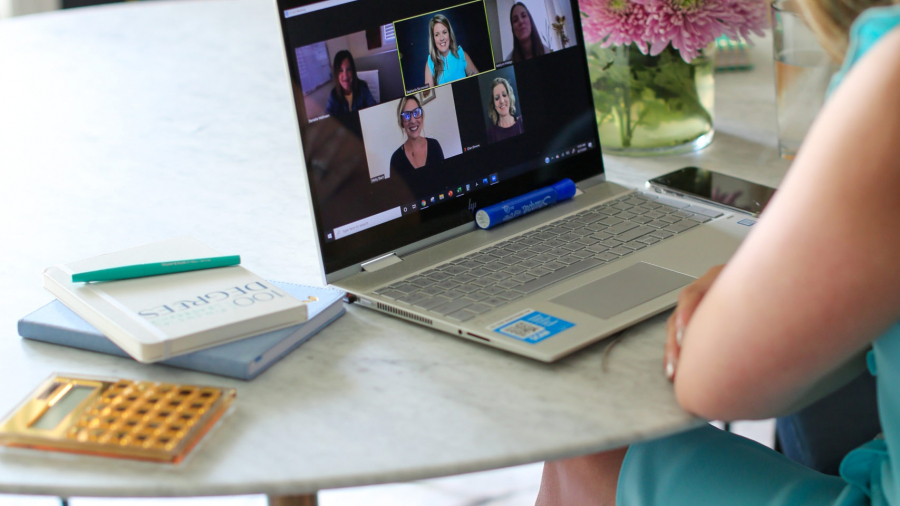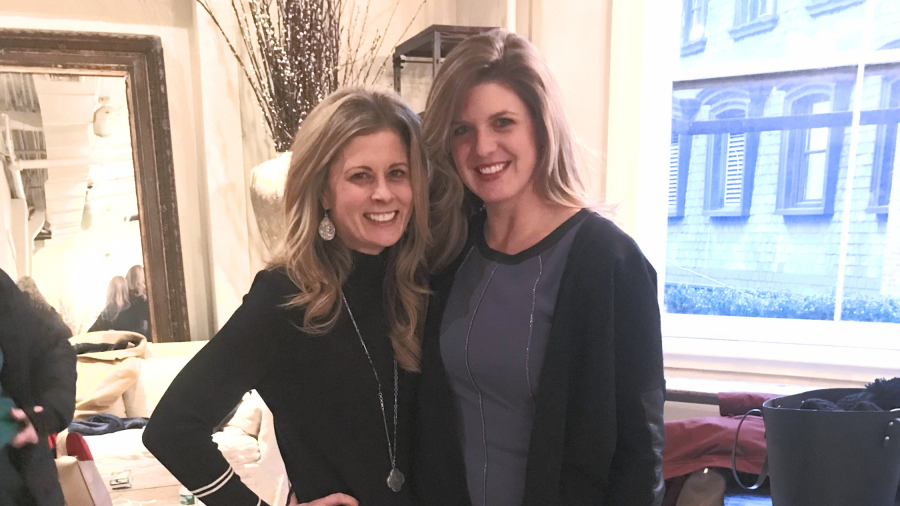
My word for 2020 was expansion. I planned to expand our client portfolio, expand our network through speaking engagements around the country, and expand my family’s adventures by taking our new family of four to Switzerland.
Then the world shut down and life was canceled.
But I didn’t cancel my word of the year.
What you focus on expands is written on the white board in my office and I’m reminded of my word of the year daily.
And despite the pandemic, it actually shaped up into a great year.
Impact
100 Degrees Consulting is represented across the globe! We have clients all over the United States, Canada, Haiti, Iraq, Kenya, Burundi, Rwanda, Uganda, Ecuador, Panama, the Dominican Republic, and Nicaragua!
Their missions are what keep us coming back to the laptop and the spreadsheets every single day. Knowing that our work to help keep these companies and nonprofits financially sustainable will impact the lives of probably millions of people around the world is all I need to get up every day!
Speaking
We were so privileged to share our message far and wide. Our mission is to help leaders better understand and use their numbers to help them increase their impact and income, so these webinars, presentations, and talks are our main way of doing that. I spoke about:
Storytelling with Financials
Budgeting: How to Build Your Roadmap to Growth
Strategic Planning: Building Your 2021 Strategic Roadmap
How to Create a Monthly Finance Routine
And sent dozens of emails, partnered with many companies and other entrepreneurs, and wrote dozens of blog posts. There was no shortage of information coming from my brain into the hands of purpose-driven leaders!
Resources for Our Community
In early 2020, I was working with my speaking coach and developing a talk that I was slated to give at a conference for mom entrepreneurs and influencers. In the midst of our brainstorming session, she asked what type of services I have to offer the business owner who isn’t ready to bring a CFO on board but desperately needs financial advice, accountability, and templates to help them manage their numbers. I told her we had a free template, but that was it, and she immediately suggested that we create a membership.
And thus, The Entrepreneur’s CFO Corner was born! We launched this membership in May and 20 amazing purpose-driven leaders joined us. Inside the membership, we help leaders go from scared and confused to energized and confident in their numbers through CFO support and accountability, training, and templates. It has been a huge resource to many entrepreneurs and a fun experience for us too!
Investments
While 2019 was a year of internal capacity building, 2020 was truly a year of expansion.
Team. I invested heavily into our team and client success by adding 3 new CFOs, an Operations Director, and a Marketing Director. We’ve built incredibly strong project management systems, client onboarding systems, and improved our infamous finance workbook that we use to help our clients see into the future of their businesses.
Website. While our old website made me nostalgic for the humble beginnings of 100 Degrees Consulting, I knew it was time for an upgrade. We hired a top notch branding firm to make my vision for this company come to life and then had our brand new website built. It was a massive undertaking but we love the end result!
Treadmill. I talked a lot this year about removing all barriers to success and for me, that meant having a treadmill in my home so I could exercise regardless of schedule, pandemic, or time of day. It arrived in October and I am literally excited for my 5am run every day!
Personal
Time. Like everyone else in the world, 2020 was a sweet time for our family. We watched my baby grow from a newborn into a toddler, got creative with activities for our preschooler, and completed more puzzles than we had in our entire lives (no joke). We baked a lot, spent every minute of our summer outdoors, and planned pandemic birthday celebrations. Nothing was as I had envisioned it, but I’m grateful to have spent every single minute of my two little girls’ lives with them this year.
Home. We’ve done a ton of small and medium-sized home improvement projects to make this home exactly how we want it, and have plans for a big kitchen renovation in 2021. We made a decision that we will be staying in Buffalo for the next 10 years or so – if you know our moving history, this is a huge deal for us! – so making our house the dreamy, inspiring place where we spend our time is a major priority.
Legacy. We finally invested in a financial planner for our family. Although I’m a CFO, I believe it’s always wise to bring in external, expert eyes, to help you see what you may have overlooked and bring a new perspective. Our financial planners have helped with risk management, insurance, contingency plans, as well as the fun stuff – creating a plan to help us invest in real estate in the next year!
What’s Coming in 2021
It’s probably safer not to plan too much of 2021 if we’ve learned anything from 2020, but I can safely say that improving the services we deliver to clients is on the top of the list. And hey, that’s totally pandemic-proof!
I’d also kind of like to start a podcast…I have lots of ideas and even sometimes pretend to do my podcast intro when I’m alone in the car! Stay tuned…
Wrapping Up
If you’ve been following along with our journey, or are a part of our journey (hello clients, members, partners, and friends!), THANK YOU. I am so incredibly grateful for the community that we’ve built over the last five years, the knowledge that’s been shared, and the lives that have been changed, and can only imagine what the next five will bring.
What’s coming up for you in 2021? Leave a comment below – I’d love to hear!
You can see our past Year in Review posts here! 2015, 2016, 2017 (Must have skipped this one! I blame it on moving from Ohio to New York in November), 2018, and 2019.


























